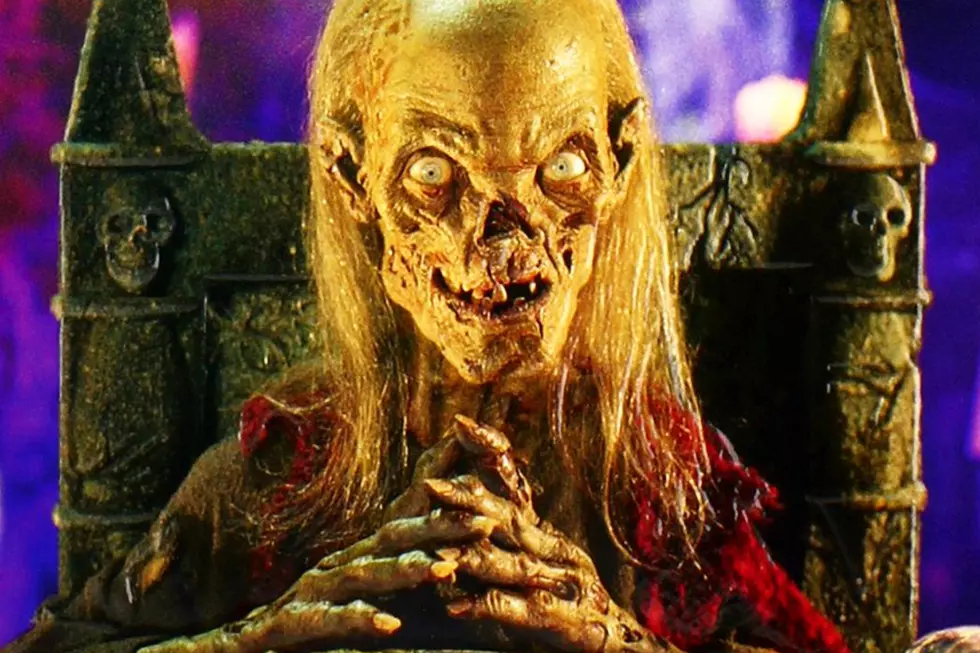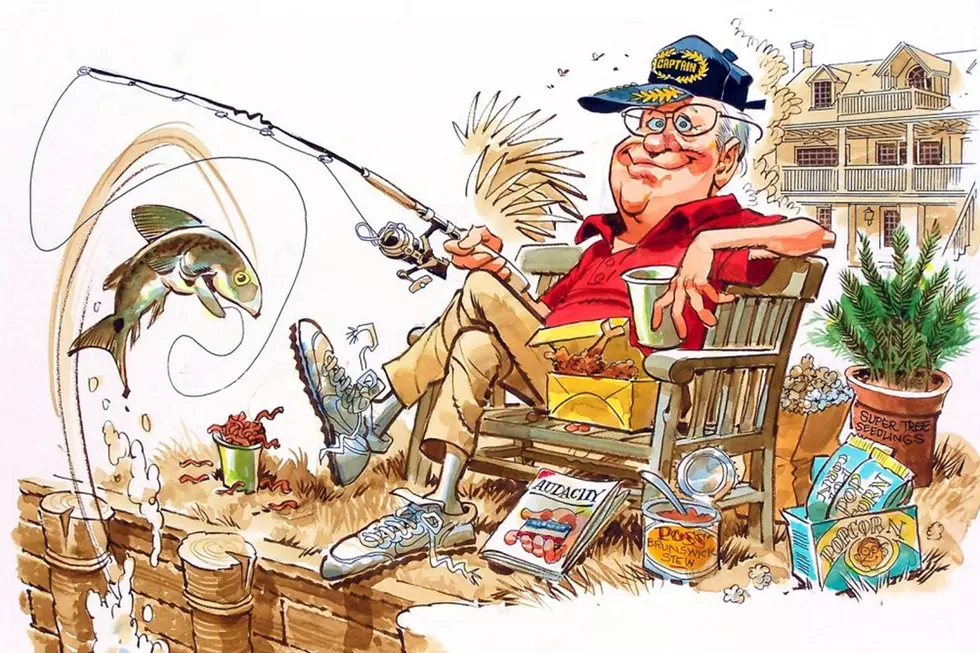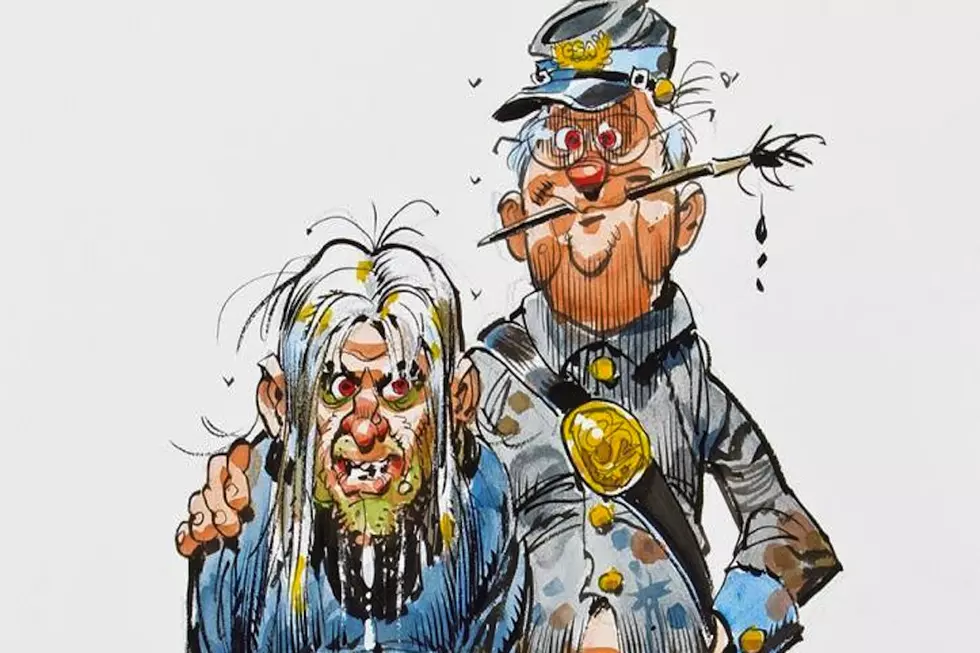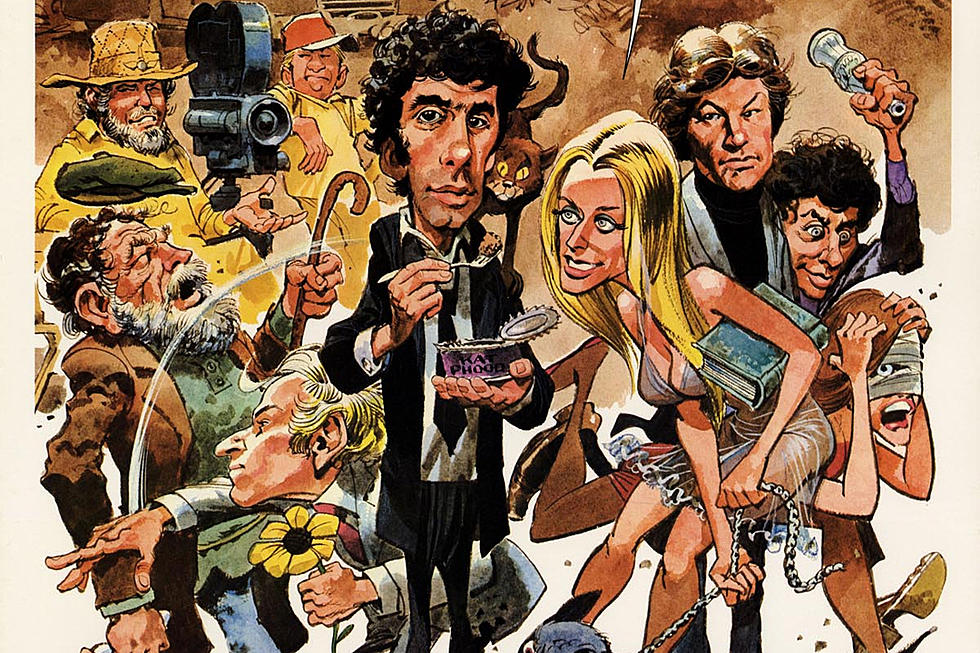
The Dynamics Of Fear: Celebrating The Infamous Johnny Craig
Even among a roster of talents that includes several industry legends, Johnny Craig's work with EC Comics stands out. An artist who usually wrote his own stories, he produced clean and lively pages that brought his shocking, poetic yarns to life, and as the premier cover artist for the publisher, Craig's jolting imagery for Vault Of Horror, Tales From The Crypt and Crime SuspenStories frequently provided a fitting introduction to the taut, disturbing tales that laid in wait inside.
Unfortunately, it was his brilliance on those covers that led to his widespread vilification. Born April 25, 1926, today we take a moment to appreciate the work of the late, great Johnny Craig.
After Max "Charlie" Gaines, originator of the American comic book, passed suddenly in a boating accident in late 1947, son Bill arrived at the offices of Entertaining Comics and in a short time discovered it needed a shake-up to thrive in the changing marketplace. After the initial booms of funnies and superheroes, crime comics modeled after Charlie Biro's Crime Does Not Pay were surging in popularity, and Gaines set about bringing in new artists who could produce material substantially darker than Animal Fables and Tiny Tots Comics.
One holdover Bill Gaines never had to worry about was Johnny Craig. Craig joined EC shortly before Bill, but even at 21, Craig was already a polished veteran of comic books. He had mentored under Sheldon Mayer and by the age of seventeen was an assistant art editor at All-American Comics, a division of National/DC. After the war, he arrived EC, where he was soon working on Wonder Woman knock-off Moon Girl & The Prince, soon to become Moon Girl Fights Crime.
As EC transitioned into more thrilling subject matter, Gaines found something of a secret weapon in Craig, who seemed to excel at everything. He brought his crisp, uncluttered, magazine-like illustrations to everything from Westerns to crime to romance. His action-packed covers for War Against Crime and Saddle Justice captured moments of perfect intensity: a car chase threatening to teeter wildly off a curving road; a man just beginning to reach for his gun as one was already being leveled against him; a bucking horse about to throw its rider.
But when the "New Trend" EC stories began, Craig found his true niche: fear. While his cartooning and character work couldn't match the nuance of Jack Davis, his panel-to-panel transitions weren't as innovative as Jack Kamen's, and Graham Ingels far outdid him in the creepiness department, Craig excelled on horror and suspense stories like no other, becoming the artist most-associated with the genres that would make EC the blazing success of the early '50s.
Where Craig's work separates itself from his stable-mates' is in his cleanliness, economy, and restraint. Unlike many other artists who worked in horror, crime, and suspense, Craig knew that what was most-frightening was what he didn't show the reader. He preferred to focus on the anticipation of horror, the reaction to violence rather the violent or horrific event itself. With thick, controlled lines and dramatic chiaroscuro lighting, Craig focused on moments right before or just off to the side of dreadful acts committed by frighteningly real people.
Slick, dashing leading men and swishy women with the cheekbones of Marlene Dietrich, center-parted hair of Hedy Lamarr, and the lazy-lidded eyes of Lauren Bacall broke each other down. In his twisting tales of poetic justice at its most awful, Craig pitted embattled people at one another and pushed them until they snapped. And when they finally did, he captured the wide-eyed stares of dumbstruck victims confronted with the incomprehensible; the white-hot rage of passion and vengeance scrawled across the faces of his perpetrators.
The reportedly mild-mannered, funny, likeable, and wholesome writer-artist showed EC-addicts what terror really looked like. It was a talent that came to haunt him.
At the Senate Subcommittee on Juvenile Delinquency, the subject of Craig's cover for Crime SuspenStories #22 became the pivotal moment of the entire proceeding. After Bill Gaines miscalculated and attested that the image of a beheaded woman was in good taste --- for a horror comic --- the argument was essentially over, and the censors had won. (One can still argue that Craig's restraint is what made it such a brilliant cover. For such a shocking image, it's not gory, and what's genuinely frightening is that you can't see the face of the prideful axe-wielder.) Most of America saw Craig's cover, his signature right there in a neat white circle like a bullseye, and probably assumed him to be sick and depraved.
As a result of the hearings and the Comics Code Authority, EC quickly faltered. In the "New Direction" of less shocking titles (which, it must be noted, still resulted in some very good stories), Craig was wasted on books like M.D., an anthology of medical dramas. After EC folded in late 1955, Craig worked in advertising for over a decade, then dabbled in comics a few more times, most notably with a batch of stories for Warren Publishing's Eerie and Creepy. He never returned to comics full time, and died in 2001.
Craig used the pseudonym Jay Taycee in his later attempts to break back into comics, because he was still working in advertising --- but it's doubtful that Craig fooled anybody. There was never any mistaking the infamous Johnny Craig.
More From ComicsAlliance









